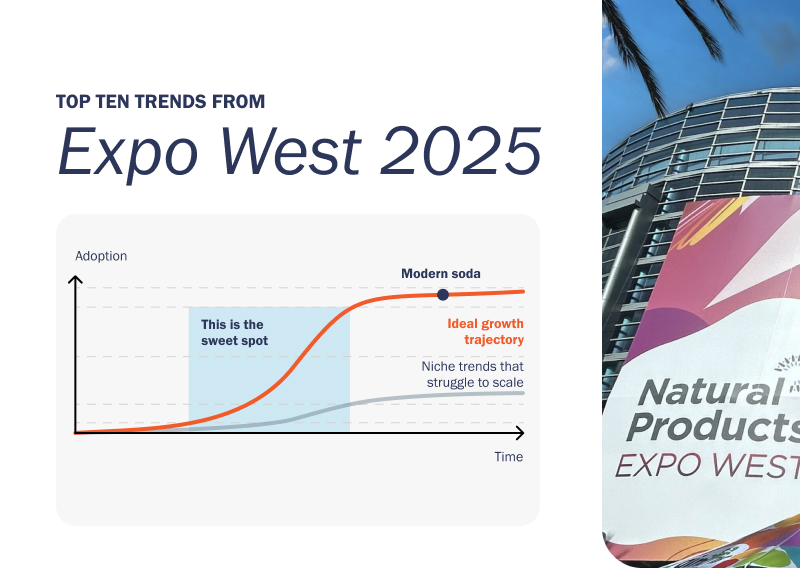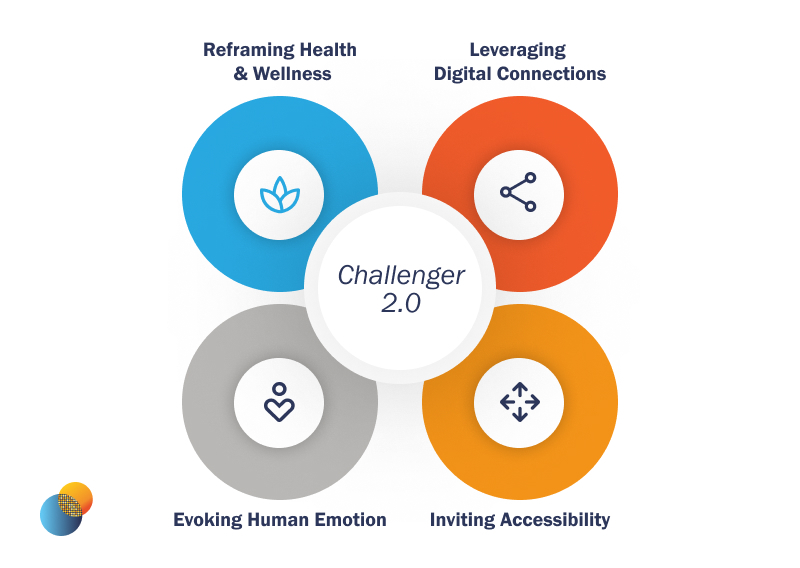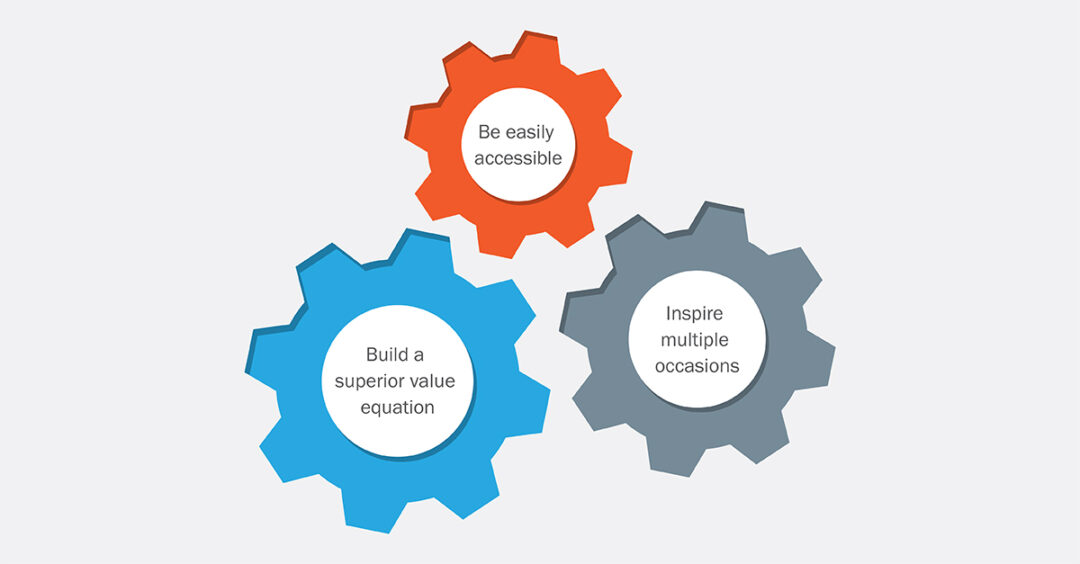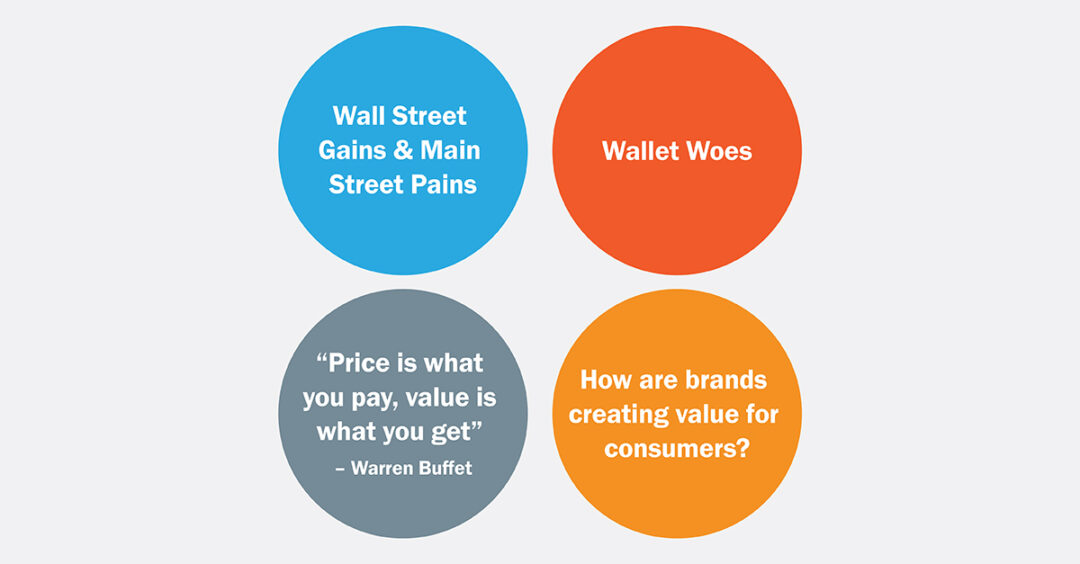Future of Omni-Channel Planning
The End of Channel Management
Grouping similar retail customers into “channels” to organize go-to market efforts has been a hallmark of the CPG industry. This organizing construct exists because it has enabled more scalable, efficient and effective routes to reach consumer markets. The channel model was built on the premise that shoppers exhibited similar trip behavior within a retail format, thereby enabling manufacturers to use that medium to capture shopper value. This gave rise to organizations with teams and planning cycles structured around Grocery, Mass, Club, Drug, Dollar and more recently, Ecommerce.
While shoppers still think about outlets to fulfill trips, the availability of offers has blurred and people are shopping across more outlets than ever. Evidence that shoppers think less in terms of outlet is present everywhere you turn. Take, for example, Google Express, an online
platform that aggregates products available to be delivered based on your location. A search for “pea crisps” in our neighborhood returned above-the-fold results from Target, Walmart, Costco, Boxed.com, Fairway and Whole Foods Market – each featuring a product image, price, rating and convenient “Add to Cart” button. With 98% of US adults with internet access going online at least daily, and three-quarters using a smartphone, opportunities abound for shoppers to pick up their device the instant a need arises and receive instant gratification, whether through a nearby store, an online merchant or a third-party delivery service. With the rise of voice-activated search, social shopping solutions and text shopping enablement, this trend will only accelerate. The channel construct no longer reflects how shoppers fulfill CPG needs, creating an unsustainable tension between how shoppers behave and how companies go to market.

Traditional CPG go-to market model elevates channel as an organizing construct
Media Transformation Highlights the Path Forward
Consider the transformation the media industry has seen in the last half century. Long gone are the days when brand managers could build a media plan by placing percentages of their budget across TV, print and radio mediums. Today, the integrated communications planning process (ICP) starts with a robust understanding and targeting of the end user, telescopes out to map the total consumer journey, and finally identifies where in the fragmented media landscape to invest to reach those end users.
In line with the media transformation, customer channel as an organizing construct must also transform for manufacturers to win with consumers in today’s environment. Rather than start the go-to market
process through established channel management and customer segmentation schemes, manufacturers must reorient their total demand planning to build relationships directly with shoppers who shop anywhere and anytime on their own terms.
Consider this in light of how most manufacturers go to market today. Despite their best efforts to implement omni-channel planning, most organizations are still woefully siloed, filtering staffing, budgeting, planning and marketing activation decisions through the lens of customer segmentation models that are misaligned with where consumers are fulfilling their CPG needs.
Being Consumer-First
What’s a company to do? In short, follow the consumer through the full consumer-shopper journey. This is not to say the future is all about direct to consumer. Rather, the imperative is be consumer first – then determine how to build and segment capabilities to reach target consumers, working effectively with customer partners (or DTC) across the demand landscape. Through our research and experience, we’ve identified three distinct behaviors to help organizations transform.

Map insights across the consumer journey.
The best products today are doomed to fail without a strong understanding of the end-to-end consumer journey and ability to insert the right messages at the ideal touchpoints. Consider a successful challenger brand that in addition to identifying a white space in a category, is able to use it’s understanding of the consumer’s journey and the “job to be done” at each inflection point (e.g., finding recipe inspiration, planning a social gathering, stocking the pantry) to build go-to market plans without struggling to force fit its planning into a legacy customer session. The most successful brands are ones that not only uncover powerful consumer insights but also map the end-to-end journey and invest at the right inflection points. This enables go-to-market decisions to be made through the lens of the consumer, rather than a default channel structure.
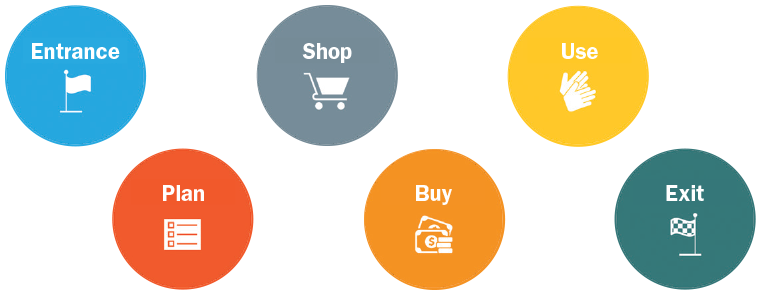
Omnichannel Consumer Journey: Illuminates triggers & barriers across the shopper journey, which is no longer linear

Integrate total demand planning.
Integrated Communications Planning and traditional “customer planning” must evolve from being compartmentalized and department-driven to a cohesive, coordinated, cross-functional capability. The goal is to apply a common view of the consumer journey that connects all relevant mediums and packages decisions about how to reach, educate and influence purchase into a truly integrated demand plan.
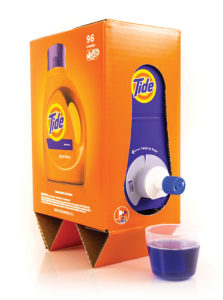 By being hyper-focused on demand moments and mediums in concert, manufacturers can develop more effective tactics. Proctor & Gamble recently launched a highly compact, concentrated Tide liquid detergent to meet the underserved needs of urban shoppers living in tight spaces. Priced the same as its ubiquitous 96-load jug, the so-called “Eco-Box” is about the size of a shoebox and weighs less than eight pounds. Most notably, the product is sold exclusively through online retailers like Amazon, Walmart.com and Target.com , where its carless city-dwelling shoppers are already turning to stock up on groceries and household goods. This type of innovation is more easily facilitated when go-to-market strategy is dictated not by an antiquated customer segmentation but by a rich understanding of the consumer and her journey.
By being hyper-focused on demand moments and mediums in concert, manufacturers can develop more effective tactics. Proctor & Gamble recently launched a highly compact, concentrated Tide liquid detergent to meet the underserved needs of urban shoppers living in tight spaces. Priced the same as its ubiquitous 96-load jug, the so-called “Eco-Box” is about the size of a shoebox and weighs less than eight pounds. Most notably, the product is sold exclusively through online retailers like Amazon, Walmart.com and Target.com , where its carless city-dwelling shoppers are already turning to stock up on groceries and household goods. This type of innovation is more easily facilitated when go-to-market strategy is dictated not by an antiquated customer segmentation but by a rich understanding of the consumer and her journey.

Rethink your customer segmentation.
A large manufacturer recently conducted a study on where, how and why shoppers fulfill CPG needs online. What’s striking about the research is not what it uncovered about barriers to buying perishable items or openness to impulse purchases – valuable content in its own right – but rather the implications for the company’s customer segmentation.
As part of the study, the team looked at how shoppers engage with various fulfillment models (e.g., 2-day shipping, same-day delivery, buy online and pick up in-store). At first the team found a messy and fragmented landscape, with different groups of shoppers making different types of trips across a broad set of online and offline retailers. However, looking at shoppers based on how they fulfill unlocked a whole new way to think about customer as an organizing construct. Through the lens of fulfillment, the team conceived a new shopper segmentation that could be overlaid with customer segmentation. For example, the study found that high-value shoppers frequently used “click & collect” to bridge online and offline behavior. With that insight, the company could prioritize customers offering an omni-channel experience and rethink how it organized resources to service those customers.
The pathway to rethinking customer segmentation can lead to being able to prioritize differently. An example is RXBAR’s first sales call wasn’t to Whole Foods or the nearest health store but rather to the founder’s own CrossFit community – which became the company’s exclusive channel. Only after four years did they open the doors to mainstream channels, starting with Trader Joe’s, based on their understanding of the target consumer’s journey.

New go-to market model starts with the consumer journey for integrated demand planning with customers
Conclusion: Future of Omni-channel Planning
While upending the way companies have organized and created go-to-market strategies for decades can feel like a daunting task, fortune favors the bold. Tomorrow’s successful CPG firms will be those that are truly consumer first. As a starting point, here is what we recommend:
- Map a strong insight foundation across your consumer shopper journey
- Build an integrated approach to total demand planning that integrates consumer touchpoints with customer needs, strengths, and strategies
- Adapt customer segmentation to facilitate integrated communication planning and ultimately yield stronger, more cohesive business plans
To discuss how we can help you rethink your consumer journey, demand planning or customer segmentation, contact us at info@seuratgroup.com.

1 “The Rise of the Empowered Customer.” Forrester, 2017
2 “P&G introduces new concentrated Tide box for e-commerce only.” Cincinnati Enquirer. Nov 2018


